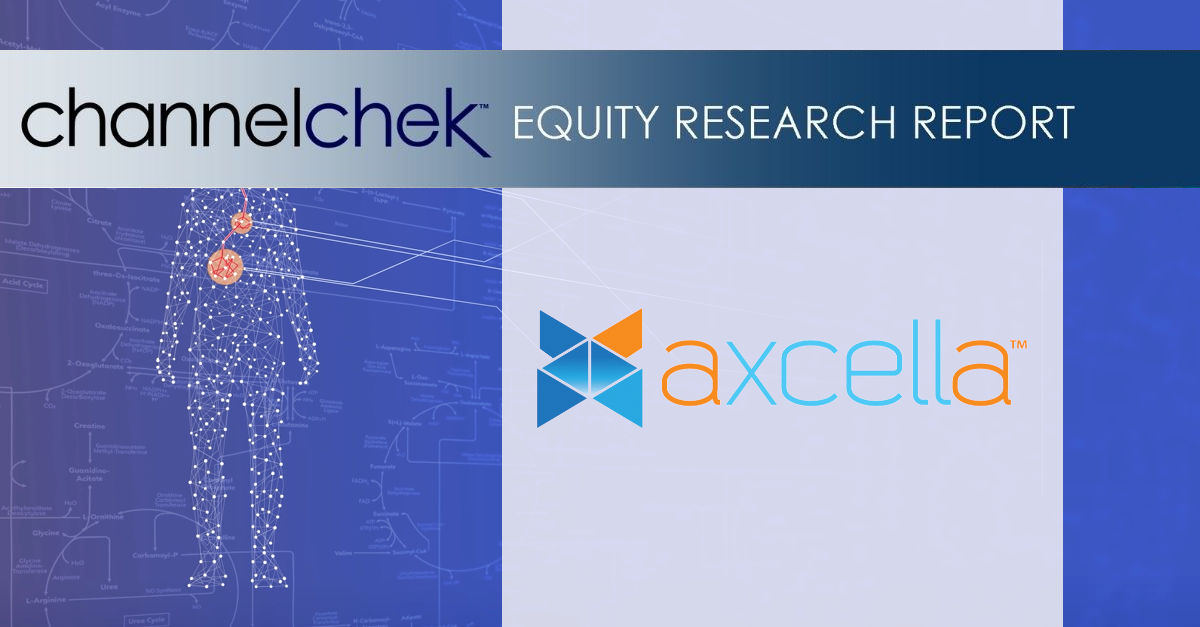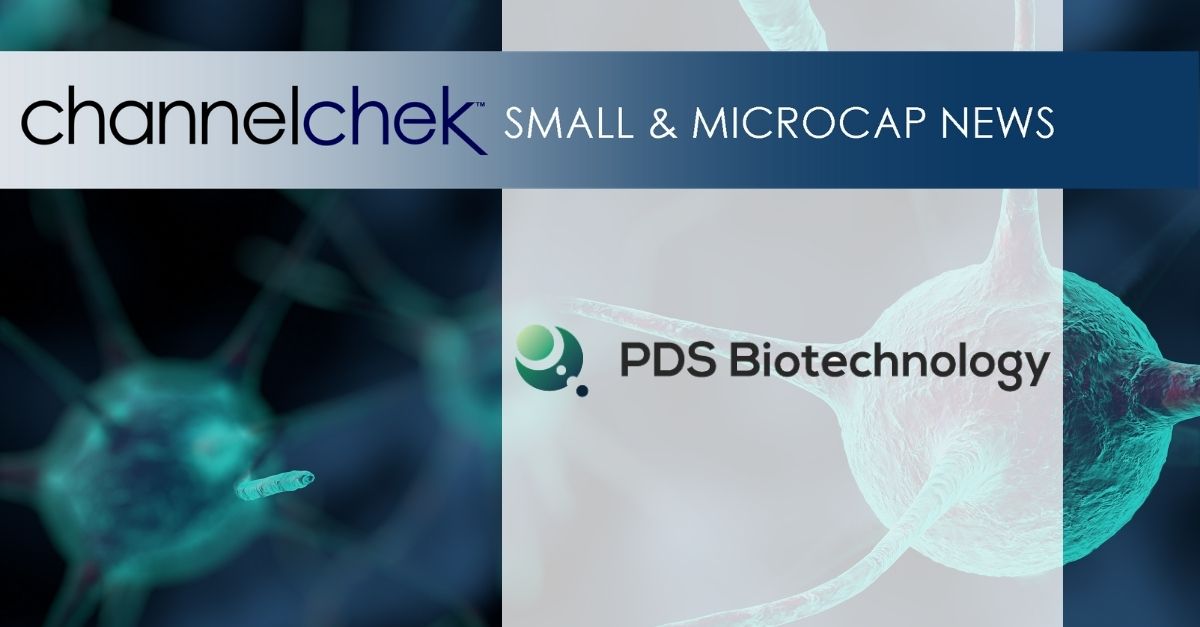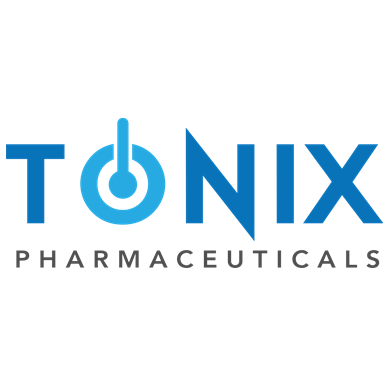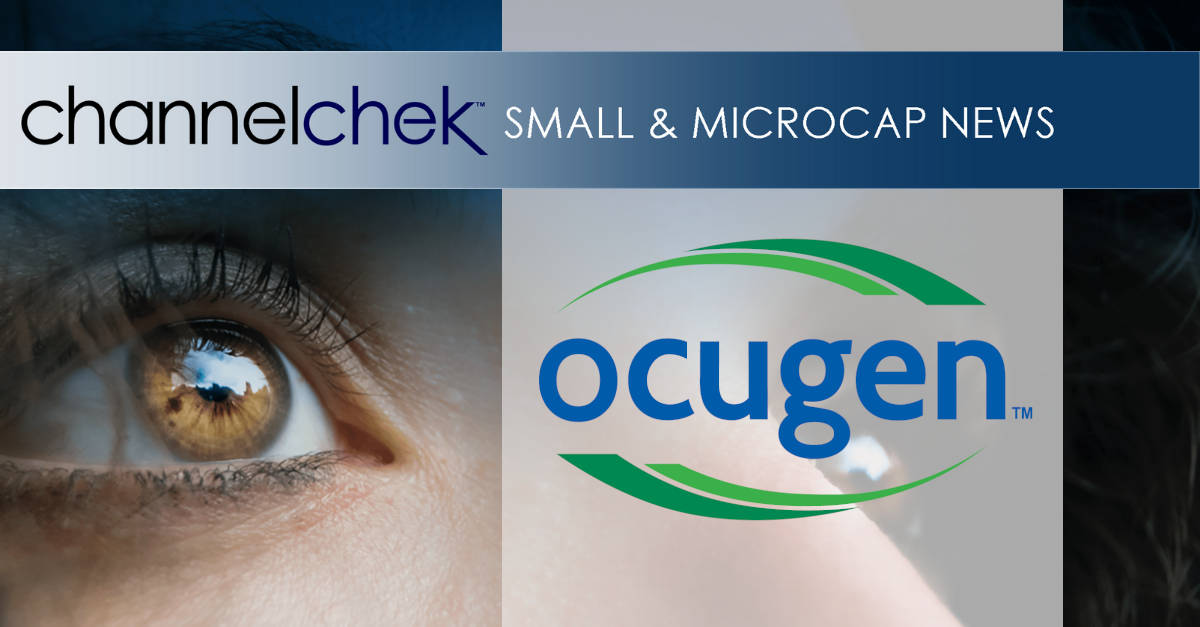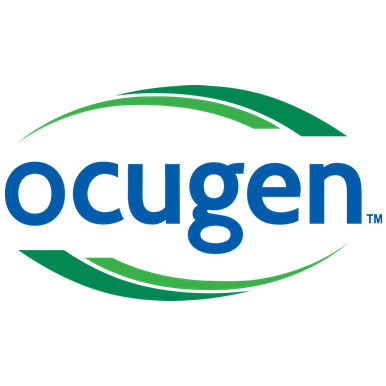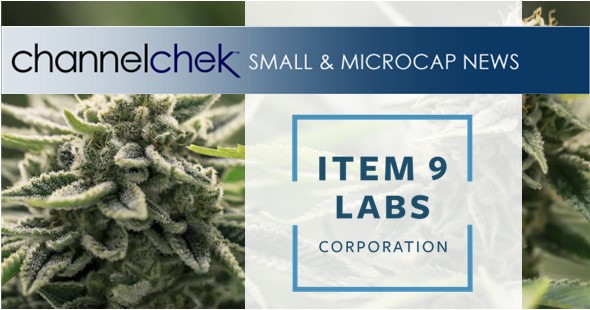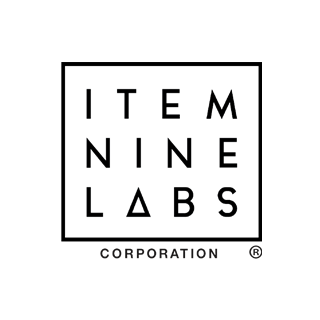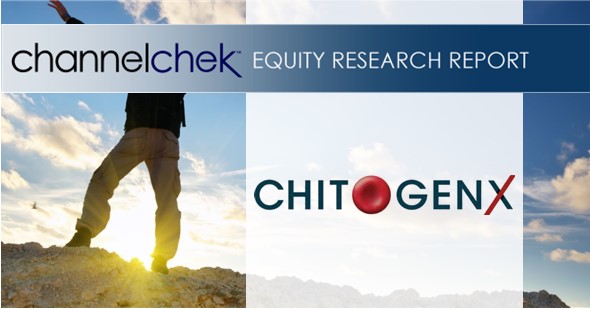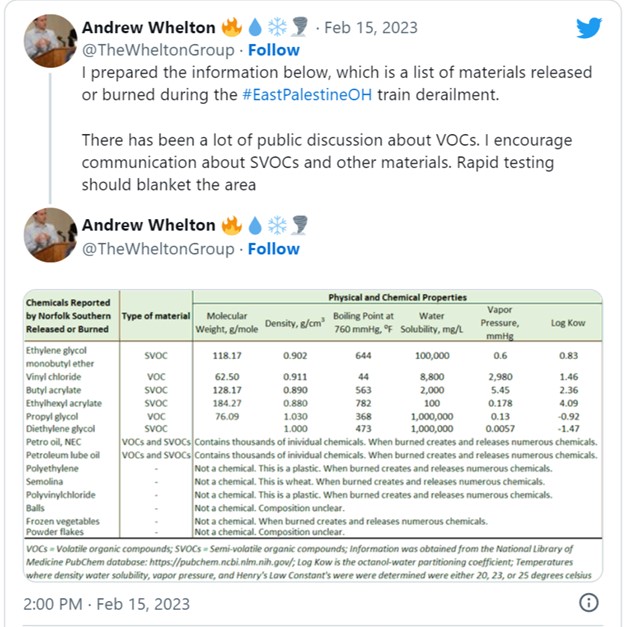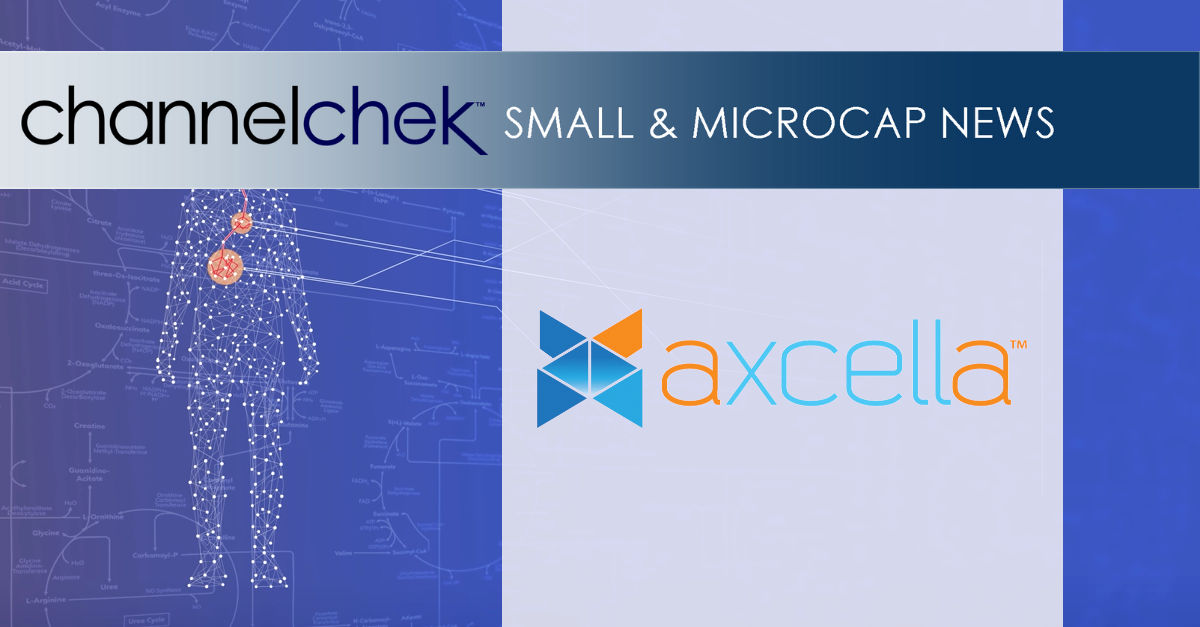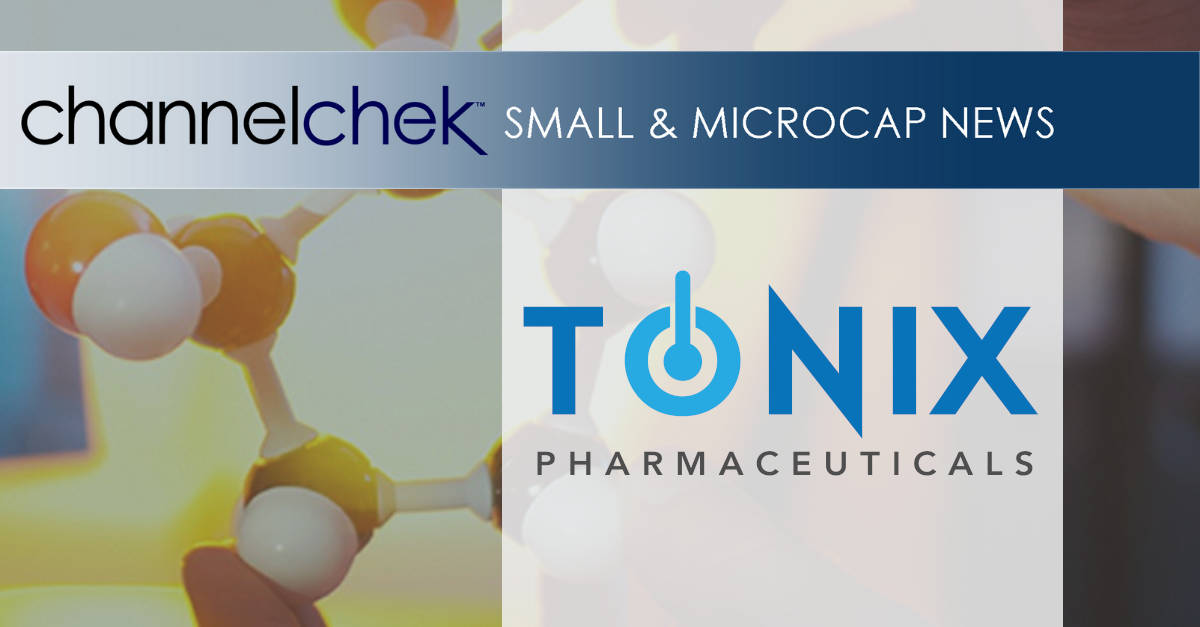Research News and Market Data on TNXP
February 13, 2023 7:00am EST
Immunocompromised Individuals, Including Organ Transplant Recipients, Are at Increased Risk of Severe COVID-19 and Poor Clinical Outcomes
SARS-CoV-2 has Mutated to Evade the Formerly EUA-Approved Monoclonal Antibody Therapies and Preventatives
CHATHAM, N.J., Feb. 13, 2023 (GLOBE NEWSWIRE) — Tonix Pharmaceuticals Holding Corp. (Nasdaq: TNXP), a clinical-stage biopharmaceutical company, today announced that it has exercised an option to obtain an exclusive license from Columbia University for the development of a portfolio of fully human (TNX-3600) and murine (TNX-4100) monoclonal antibodies (mAbs) for the treatment or prophylaxis of SARS-CoV-2 infection. SARS-CoV-2 is the cause of COVID-19. The licensed mAbs were developed as part of a research collaboration and option agreement between Tonix and Columbia University, originally announced in 2020.
“The licensing of these mAbs strengthens our expanding pipeline of next-generation therapeutics to treat and prevent COVID-19,” said Seth Lederman, M.D., Chief Executive Officer of Tonix Pharmaceuticals. “Immunocompromised individuals, including organ transplant recipients, are at increased risk of severe COVID-19 and poor clinical outcomes1. We believe there is a need for second-generation mAb treatments and prophylactics2,3 to protect this population.”
Although five mAb products containing seven distinct mAbs received emergency use authorization (EUA) from the U.S. Food and Drug Administration (FDA) for either treatment or prophylaxis of COVID-19, none remain useful or available since January 26, 2023, when the FDA announced that the last remaining mAb, Evusheld®, is no longer authorized4. Previously, either the National Institutes of Health COVID Treatment Guidelines Panel or FDA had removed recommendations or approvals for the other mAbs5,6.
Ilya Trakht, Ph.D., Associate Research Scientist at Columbia University Vagelos College of Physicians and Surgeons said, “We are excited to work with Tonix because of its commitment to developing therapeutics for COVID-19. Our antibody platform has proven robust and capable of rapidly making therapeutically relevant fully human mAbs to SARS-CoV-2. We have also generated murine mAbs, which represent a new approach. Murine mAbs have the potential for neutralizing a broader spectrum of SARS-CoV-2 variants and may be harder for SARS-CoV-2 to evade as we face a multitude of variants.”
To date, the formerly EUA-approved products were derived from the blood of COVID-convalescent patients or humanized mice7-9. The fully human mAbs generated by Columbia University, TNX-3600, have been isolated using a proprietary system involving a human hybridoma fusion partner.
The Company believes that murine mAbs, such as TNX-4100, have the potential to generate high affinity antibodies that recognize different epitopes on the SARS-CoV-2 spike protein. This is because mice have a different repertoire of antibodies than humans and the technology for generating antibodies optimizes the selection of appropriate B cells by the timing of immunization, harvesting approach and screening platform.
Dr. Lederman added, “The potential therapeutic antibodies licensed from Columbia University leverage our expanding internal development and manufacturing capabilities for biologics. These fully human and murine mAbs and their humanized counterparts build on a base of knowledge from a distinct murine mAb platform in development, TNX-3800, from which we have licensed three humanized mAbs from Curia Global.”
About TNX-3600
TNX-3600 are fully human mAbs generated from SARS-CoV-2+ asymptomatic individuals or COVID-19 convalescent patients, on which Tonix is collaborating with Columbia University. Given the unpredictable trajectory of the SARS-CoV-2 virus and new variants, we seek to contribute to a broad set of mAbs that can be scaled up quickly and potentially combined with other mAbs for the treatment or prophylaxis of SARS-CoV-2 infection.
About TNX-4100
TNX-4100 are murine mAbs and their humanized counterparts generated from mice immunized with SARS-CoV-2 spike protein, on which Tonix is collaborating with Columbia University. Since mice have a different repertoire of antibodies than humans, murine mAbs have the potential for neutralizing a broader spectrum of SARS-CoV-2 variants than fully human mAbs.
Tonix Pharmaceuticals Holding Corp.*
Tonix is a clinical-stage biopharmaceutical company focused on discovering, licensing, acquiring and developing therapeutics to treat and prevent human disease and alleviate suffering. Tonix’s portfolio is composed of central nervous system (CNS), rare disease, immunology and infectious disease product candidates. Tonix’s CNS portfolio includes both small molecules and biologics to treat pain, neurologic, psychiatric and addiction conditions. Tonix’s lead CNS candidate, TNX-102 SL (cyclobenzaprine HCl sublingual tablet), is in mid-Phase 3 development for the management of fibromyalgia with a new Phase 3 study launched in the second quarter of 2022 and interim data expected in the second quarter of 2023. TNX-102 SL is also being developed to treat Long COVID, a chronic post-acute COVID-19 condition. Tonix initiated a Phase 2 study in Long COVID in the third quarter of 2022. TNX-1300 (cocaine esterase) is a biologic designed to treat cocaine intoxication and has been granted Breakthrough Therapy designation by the FDA. A Phase 2 study of TNX-1300 is expected to be initiated in the second quarter of 2023. TNX-1900 (intranasal potentiated oxytocin), a small molecule in development for chronic migraine, is being studied in a potential pivotal Phase 2 study that initiated enrollment in the first quarter of 2023 and for which interim data is expected in the fourth quarter of 2023. TNX-601 ER (tianeptine hemioxalate extended-release tablets) is a once-daily formulation of tianeptine being developed as a potential treatment for major depressive disorder (MDD) with a Phase 2 study expected to be initiated in the first quarter of 2023. Tonix’s rare disease portfolio includes TNX-2900 (intranasal potentiated oxytocin) for the treatment of Prader-Willi syndrome. TNX-2900 has been granted Orphan Drug designation by the FDA. Tonix’s immunology portfolio includes biologics to address organ transplant rejection, autoimmunity and cancer, including TNX-1500, which is a humanized monoclonal antibody targeting CD40-ligand (CD40L or CD154) being developed for the prevention of allograft and xenograft rejection and for the treatment of autoimmune diseases. A Phase 1 study of TNX-1500 is expected to be initiated in the second quarter of 2023. Tonix’s infectious disease pipeline includes a vaccine in development to prevent smallpox and monkeypox, TNX-801; a next-generation vaccine to prevent COVID-19, TNX-1850; a platform to make fully human monoclonal antibodies to treat COVID-19, TNX-3600; and humanized anti-SARS-CoV-2 monoclonal antibodies, TNX-3800; and a class of broad-spectrum small molecule oral antivirals, TNX-3900. TNX-801, Tonix’s vaccine in development to prevent smallpox and monkeypox, also serves as the live virus vaccine platform or recombinant pox vaccine (RPV) platform for other infectious diseases. A Phase 1 study of TNX-801 is expected to be initiated in the second half of 2023.
*All of Tonix’s product candidates are investigational new drugs or biologics and have not been approved for any indication.
1Haidar G, Mellors JW. Improving the Outcomes of Immunocompromised Patients With Coronavirus Disease 2019. Clin Infect Dis. 2021;73(6):e1397-e1401. Doi:10.1093/cid/ciab397
2Madison Muller, M. November 16, 2022 Bloomberg. “Doctors Are Running Out of Antibody Drugs to Treat Covid as Virus Mutates.” www.bloomberg.com/news/articles/2022-11-16/covid-s-mutations-leave-doctors-with-far-fewer-antibody-drugs-to-treat-virus?
3Callaway, E. Oct 28 2022. Nature (News). COVID ‘variant soup’ is making winter surges hard to predict: Descendants of Omicron are proliferating worldwide — and the same mutations are coming up again and again. www.nature.com/articles/d41586-022-03445-6
4https://www.fda.gov/drugs/drug-safety-and-availability/fda-announces-evusheld-not-currently-authorized-emergency-use-us – Accessed Feb 7, 2023
5https://www.covid19treatmentguidelines.nih.gov/therapies/anti-sars-cov-2-antibody-products/anti-sars-cov-2-monoclonal-antibodies/ – Accessed Nov 3, 2022
6“FDA Updates on Bebtelovimab” – “This information shows that bebtelovimab is not expected to neutralize Omicron subvariants BQ.1 and BQ.1.1.” – www.fda.gov/drugs/drug-safety-and-availability/fda-updates-bebtelovimab– Accessed Nov 4, 2022
7Hansen J et al. Science. 2020 Aug 21;369(6506):1010-1014. Doi: 10.1126/science.abd0827
8Asdaq, S.M.B. et al. A Patent Review on the Therapeutic Application of Monoclonal Antibodies in COVID-19. Int. J. Mol. Sci. 2021, 22, 11953. https://doi.org/10.3390/ijms222111953
9Vir isolated sotrovimab from the blood of a SARS-CoV-1 patient
This press release and further information about Tonix can be found at www.tonixpharma.com.
Forward Looking Statements
Certain statements in this press release are forward-looking within the meaning of the Private Securities Litigation Reform Act of 1995. These statements may be identified by the use of forward-looking words such as “anticipate,” “believe,” “forecast,” “estimate,” “expect,” and “intend,” among others. These forward-looking statements are based on Tonix’s current expectations and actual results could differ materially. There are a number of factors that could cause actual events to differ materially from those indicated by such forward-looking statements. These factors include, but are not limited to, risks related to the failure to obtain FDA clearances or approvals and noncompliance with FDA regulations; delays and uncertainties caused by the global COVID-19 pandemic; risks related to the timing and progress of clinical development of our product candidates; our need for additional financing; uncertainties of patent protection and litigation; uncertainties of government or third party payor reimbursement; limited research and development efforts and dependence upon third parties; and substantial competition. As with any pharmaceutical under development, there are significant risks in the development, regulatory approval and commercialization of new products. Tonix does not undertake an obligation to update or revise any forward-looking statement. Investors should read the risk factors set forth in the Annual Report on Form 10-K for the year ended December 31, 2021, as filed with the Securities and Exchange Commission (the “SEC”) on March 14, 2022, and periodic reports filed with the SEC on or after the date thereof. All of Tonix’s forward-looking statements are expressly qualified by all such risk factors and other cautionary statements. The information set forth herein speaks only as of the date thereof.
Contacts
Jessica Morris (corporate)
Tonix Pharmaceuticals
investor.relations@tonixpharma.com
(862) 904-8182
Olipriya Das, Ph.D. (media)
Russo Partners
Olipriya.Das@russopartnersllc.com
(646) 942-5588
Peter Vozzo (investors)
ICR Westwicke
peter.vozzo@westwicke.com
(443) 213-0505
Source: Tonix Pharmaceuticals Holding Corp.
Released February 13, 2023

